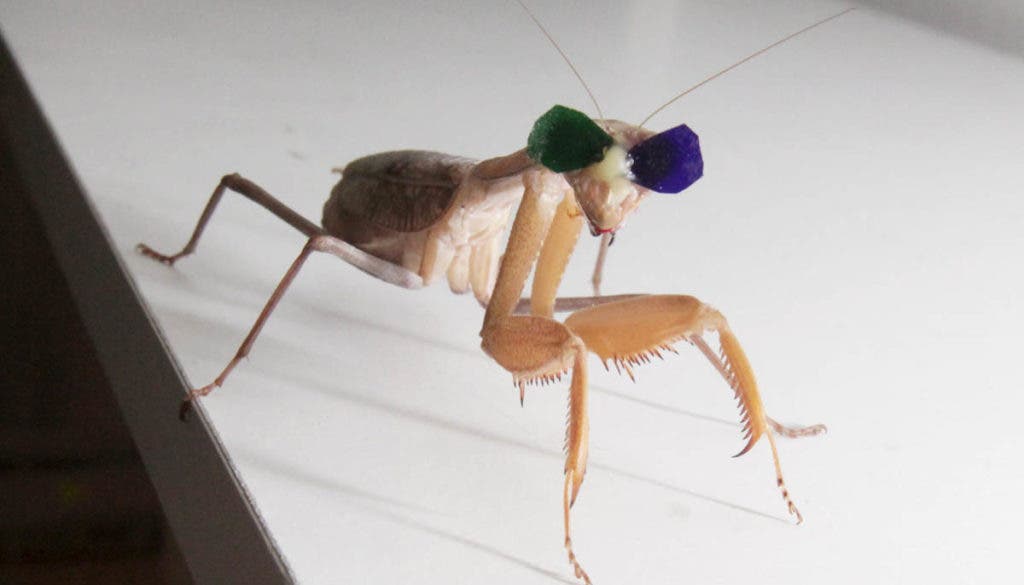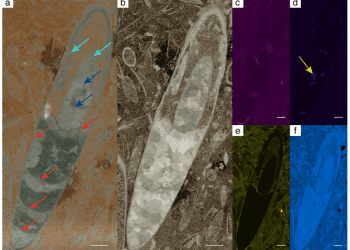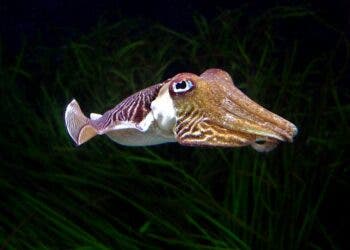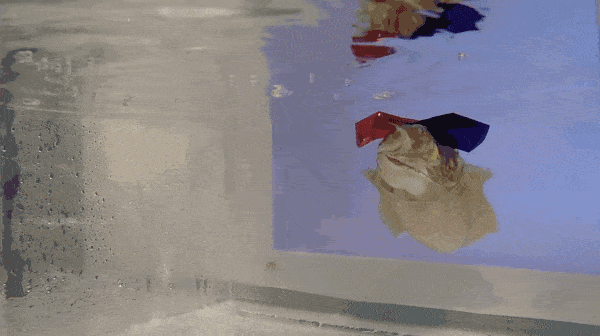
When I first used a virtual reality headset, I knew it was all fake, but darn it did it feel real. Even though I knew it wasn’t real, the immersion caused my brain to react as if that recorded elephant in the digital savannah was made of meat and bone. If you ever used a VR headset, you know what I’m talking about.
The gist of the trick is in the eye-brain connection. Humans have two eyes facing forward that provide two nearly identical views of the world. But nearly is the keyword here since the eyes are separated horizontally so that they look at the world from two slightly different vantage points.
When the two images arrive simultaneously in the back of the brain, they are united into one picture. The mind combines the two images by matching up the similarities and adding in the small differences. In the end, the final image is more than the sum of its parts — it’s a 3-D stereo picture, and we’re certainly not the only species capable of such a feat.
Ready for movie night!
Writing in the journal Science Advances, researchers at the University of Minnesota described how they went about gluing Velcro on the skin on 11 European cuttlefish (Sepia officinalis) and then fastened 3D goggles to the Velcro.
Cuttlefish have camera-like eyes, featuring a cornea, lens, iris, and retina — just like humans. And although their eyes are normally positioned to the side of the head, rather than forward-facing, they too are capable of stereopsis because of their ability to rotate their eyes to a forward-facing position. This is a unique trait that sets them apart from their cephalopod relatives, such as the squid and octopus.
During one experiment, a huge TV screen positioned near the cuttlefish’s tank played a video of shrimp — their favorite snack. What happened next was pretty amazing — the cuttlefish equipped with 3D-glasses
began to extend their tentacles and attack the fake shrimp on the screen in the same way they would behave with actual prey in the wild.
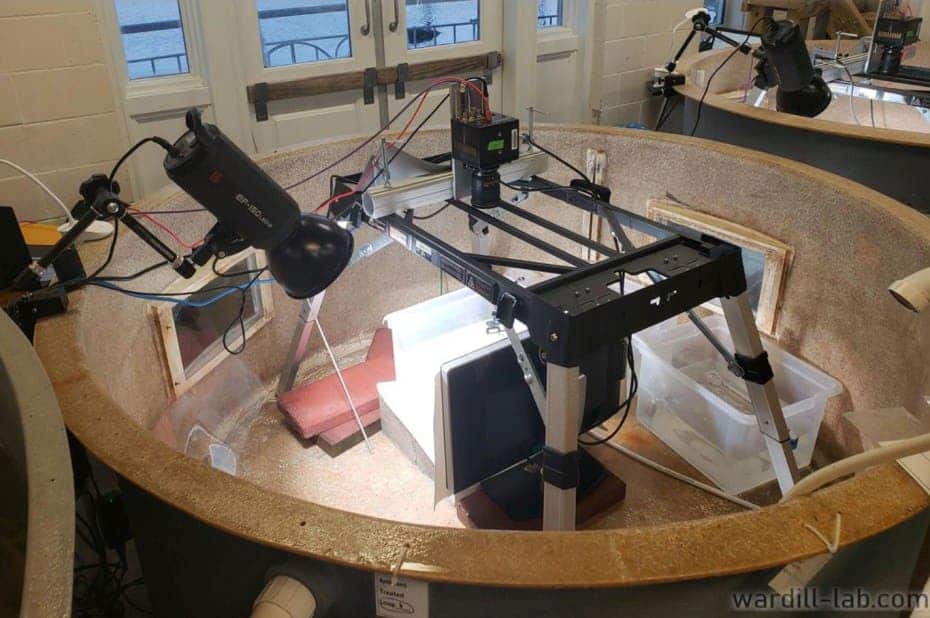
The researchers could tell that the cuttlefish’s vision was stereo because the shrimp images were offset. If the animals are truly capable of stereopsis, they should be comparing the images between the left and right eyes to assess the distance to the shrimp — and this is exactly what the animals did.
“How the cuttlefish reacted to the disparities clearly establishes that cuttlefish use stereopsis when hunting,” said Trevor Wardill, assistant professor at the Department of Ecology, Evolution and Behavior in the College of Biological Sciences. “When only one eye could see the shrimp, meaning stereopsis was not possible, the animals took longer to position themselves correctly. When both eyes could see the shrimp, meaning they utilized stereopsis, it allowed cuttlefish to make faster decisions when attacking. This can make all the difference in catching a meal.”
In fact, the researchers claim that their experiment demonstrates that the cuttlefish have better depth perception than we do.
“This study takes us a step further toward understanding how different nervous systems have evolved to tackle the same problem,” said Rachael Feord, Ph.D., the research paper’s first author. “The next step is to dissect the brain circuits required for the computation of stereopsis in cuttlefish with the aim of understanding how this might be different to what happens in our brains.”
According to Wardill and colleagues, cuttlefish compute distance using information coming from both eyes at once and likely use a different “algorithm” than humans to process the resulting images in their heads. What exactly this neural process looks like is currently not clear but a study in the future might shed more light.
“While cuttlefish have similar eyes to humans, their brains are significantly different,” said Paloma Gonzalez-Bellido, assistant professor at the Department of Ecology, Evolution and Behavior in the College of Biological Sciences at the University of Minnesota. “We know that cuttlefish brains aren’t segmented like humans. They do not seem to have a single part of the brain — like our occipital lobe — dedicated to processing vision. Our research shows there must be an area in their brain that compares the images from a cuttlefish’s left and right eye and computes their differences.”
Wardill’s lab has a long history of studying cephalopod brains. Previously, they showed that bumps that dot the skin of cephalopods, known as papillae, are used for sensory perception. It’s this specialized tissue that allows octopi to be such amazing masters of camouflage.
In one-fifth of a second, the papillae can rise or retract, swiftly and reversibly morphing the animal’s surface into various textures like those belonging to seaweed or coral. The primary reason why the soft-bodied mollusks evolved this ability is for defense.
The idea for the present study, however, was inspired by a 2017 study authored by scientists at Newcastle University who strapped 3D glasses on praying mantises, showing that the invertebrates have neurons that support stereoscopic vision. I’ll just wrap up with a picture of one of the study’s subjects because, let’s face it, you’ll never be as cool as this insect right here!
